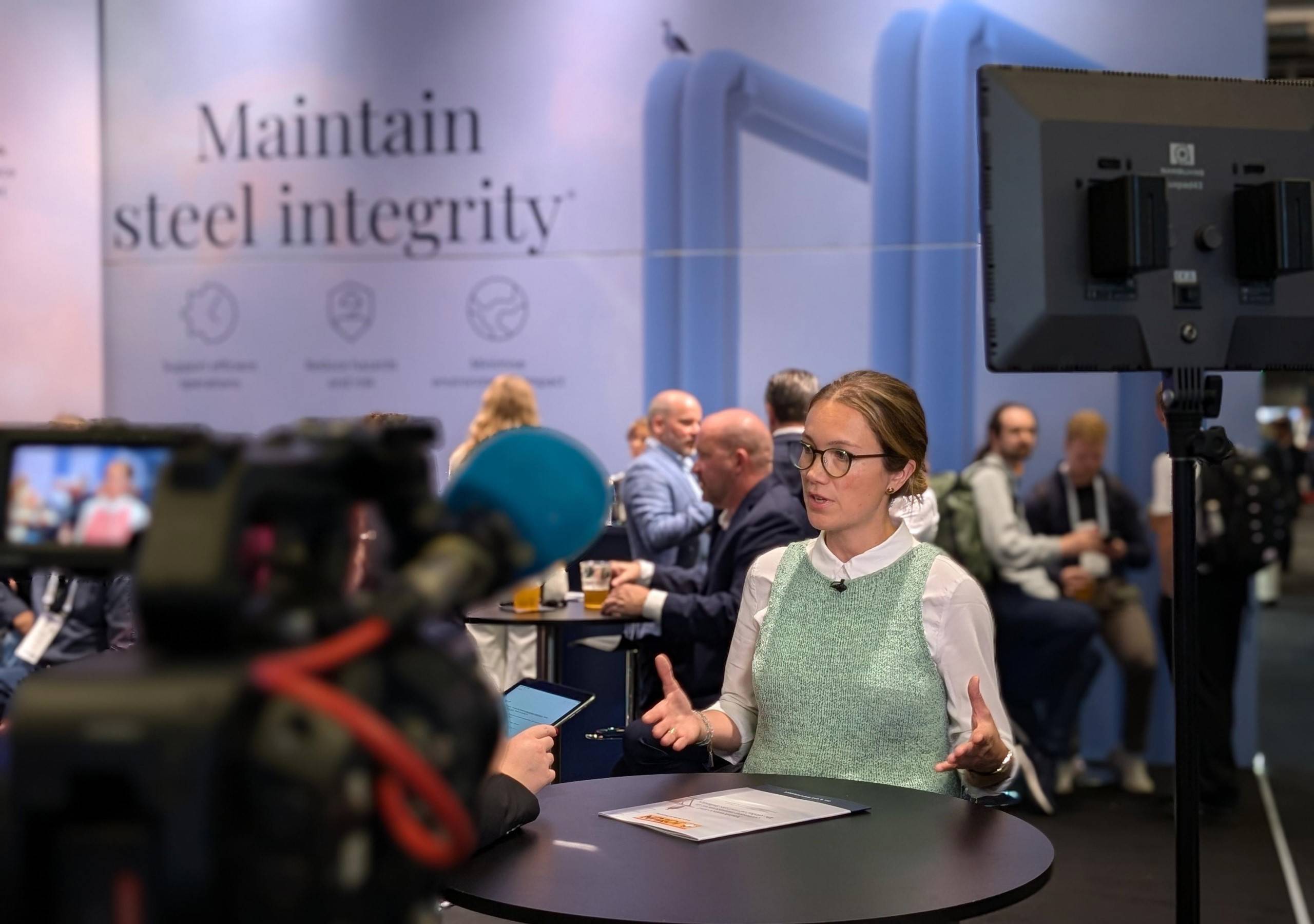Insights
Effective corrosion management vital for safer oil and gas operations

September 04, 2024
For decades, publicised incidents of fire, pollution and accidents at oil and gas facilities around the globe have increased the focus on maintenance in the sector. Also, over the same timescale, interest in holding companies to account through Environmental, Social and Governance (ESG) has blossomed obliging players in the energy sector to focus more on safety and environmental impacts. This backdrop was one of many important topics at ONS 2024 in Stavanger, Norway.
Jotun’s report titled Maintenance and corrosion management in the global oil and gas industry was compiled after surveying more than 1,000 senior professionals all over the globe. It reveals a significant shift in the perception and prioritization of maintenance, particularly in the context of ESG criteria. Ekaterina Mezhentseva, Jotun’s Global Solutions Manager, explains, “We wanted to understand how the oil and gas sector, offshore and onshore, was handling maintenance and corrosion management in light of energy transition. The report and survey of senior industry professionals confirms our view that the oil and gas sector is shifting its maintenance strategy towards a more longer-term approach with sustainable planning and ESG considerations being factors.”

The key findings in the survey showcase:
- 75% said that the need to report on environmental performance means the business has increased investment into maintenance
- 88% expect to increase maintenance budgets in the next five years
- 74% said maintenance budgets are first to be cut when cost savings are to be made
In short, this paints a picture of an increased willingness to invest in maintenance. We believe this is a positive development, especially considering that corrosion control requires long-term planning and investment.
Ekaterina Mezhentseva
Global Solutions Manager at Jotun
In short, this paints a picture of an increased willingness to invest in maintenance. We believe this is a positive development, especially considering that corrosion control requires long-term planning and investment.
Ekaterina Mezhentseva
Global Solutions Manager at Jotun
“However, if budgets cutting still takes place, we need to continue to emphasise that maintaining steel integrity in oil and gas infrastructure is directly linked to the safety, security and environmental impact and reliability of energy supplies,” said Ekaterina Mezhentseva.
Moreover, effective corrosion management minimizes the risk of failure and damage. It can also extend the lifespan of existing infrastructure, reduce the need for steel replacement, and limit associated environmental impact. Also, corrosion-related failures are expensive to repair and result in costly disruptions and potentially serious safety risks.
An interesting aspect of the report is that it measures attitudes on a global industry scale, but it also drills down to regional levels and highlights how different parts of the world approach maintenance and corrosion management with differing priorities and drivers.
The enormous cost of corrosion
“Corrosion represents a tremendous cost for the oil and gas sector, for the society and the environment,” says Anders Skilbred, Senior R&D Chemist at Jotun.
The direct costs or rectifying all steel corrosion across all industries is around 3.4% of global GDP. Furthermore, that cost can be a lot bigger when the indirect costs such as lost production, lay-offs and downtime effecting the society are added in.
Anders Skilbred
Senior R&D Chemist at Jotun
The direct costs or rectifying all steel corrosion across all industries is around 3.4% of global GDP. Furthermore, that cost can be a lot bigger when the indirect costs such as lost production, lay-offs and downtime effecting the society are added in.
Anders Skilbred
Senior R&D Chemist at Jotun
From an environmental perspective, failing to maintain steel integrity can be harmful too. According to World Steel Association data, steel production represents around 10.5% of total global CO2 emissions, but by 2030, as much as 9.1% of the total CO2 emissions will be associated only with steel produced to replace corroded steel.
Skilbred also emphasises steel is a key material of the oil and gas sector which is an industry where in many cases assets and infrastructure are well into their life cycle, or if newly built will be required to last long-term. “As far back as 2016 a study by the National Association of Corrosion Engineers (NACE) estimated corrosion costs in the oil and gas industry to be a staggering $1.372 billion annually.”
Clear commitment but a call for collaboration and shared expertise
The report shows that the industry has recognised that maintenance plays a significant role in achieving ESG goals, particularly in the areas of safety and environmental performance. When asked about the key drivers behind maintenance:
- 78% of respondents said improving safety of facilities
- 76% said reducing risks of fire-related incidents
- 76% maintaining avoidable leaks
It also reveals an increased level of investments into innovative maintenance techniques and technologies, demonstrating the commitment in the industry to tackle corrosion challenges. One of the risks, however, is fragmented knowledge and expertise in corrosion and coatings across the value chain with the large percentage of outsourcing of maintenance tasks in the sector.
“Corrosion is one of the biggest threats to sustainability, hence preventing corrosion before it leads to serious consequences is smarter, more cost efficient and safer”, Ekaterina Mezhentseva says and concludes, “As an expert in corrosion management and coating performance, we root for more collaboration, knowledge sharing and expertise when the industry approach this complex challenge.”
For more information read the Jotun report here